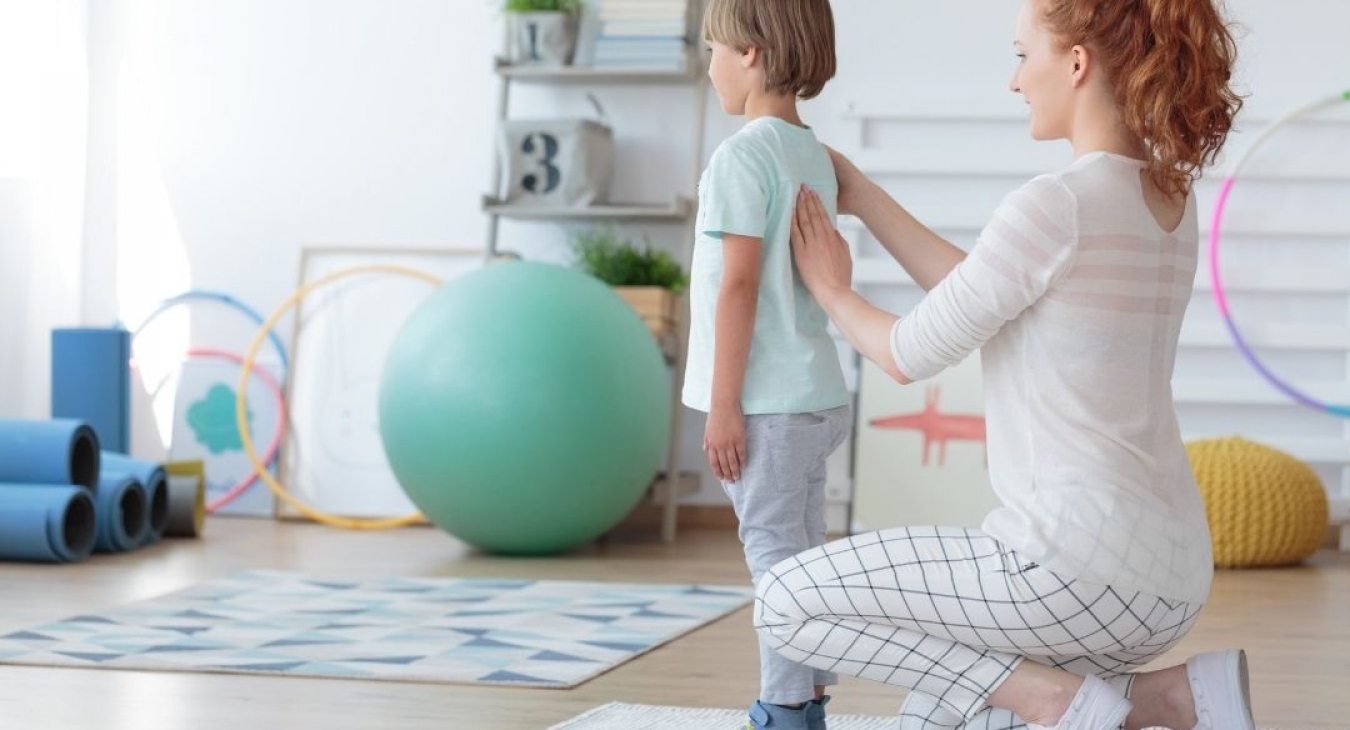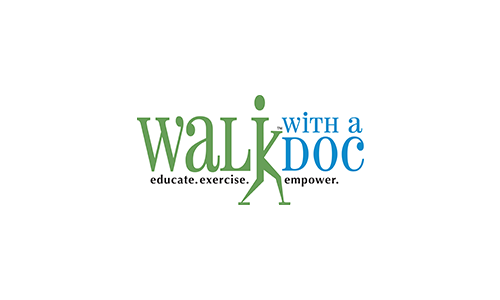Why Schools Should Be Screening Children for Scoliosis
Today, scoliosis screening is not required in schools. However, the nurse at your kid’s school may perform an inspection of all the children if that is the school’s policy. A teacher may also notice an abnormality during playtime if the condition is severe.
Scoliosis is a common spinal condition affecting about three million people. It develops in childhood and early adolescence, which is why schools should be screening children for scoliosis. Find out why it takes a team to support children in their growth and development.
Educate People About Scoliosis
Not everyone is aware of the dangers of scoliosis or what to do when signs appear. Children in low-income areas may be especially at risk of developing a spinal condition that goes untreated due to a lack of education and resources in their community. When schools step in and provide these resources, children have a better chance of succeeding in school and beyond.
Early Detection Is Key
The sooner you begin treatment for scoliosis, the more possible it will be to correct the curve in the spine. Doctors typically treat moderate scoliosis with observation, x-rays, and bracing. For curves of about 50 percent or more, doctors often recommend scoliosis correction surgery. The best way to avoid invasive procedures is to begin treatment early.
Pro Tip: Though there is no known cause of most types of scoliosis, you can help your child prevent it by encouraging them to stay active and maintain good posture!
How Schools Screen for Scoliosis
If your child is going to receive a scoliosis screening at school, you will receive a release form to sign. You can prepare your child for their minor appointment with the school nurse. At school, they will be asked to remove their shirt and do the Adam’s forward bend. They must bend at the waist with arms reaching toward their toes. While holding this pose, the nurse will examine all sides of their spine, hips, and shoulders.
Living With Scoliosis
Children who live with scoliosis lead normal lives. Your child can still play sports, perform, and engage in any other activities they love. While scoliosis may present some temporary limits, treatments are available to help realign the spine and improve your child’s quality of life.
Every child deserves the same chance in life. If parents are unaware that their child is developing this common and dangerous spinal condition, their schools are the next best support for growth and healthy development. Early detection and proper education are why schools should be screening children for scoliosis.







